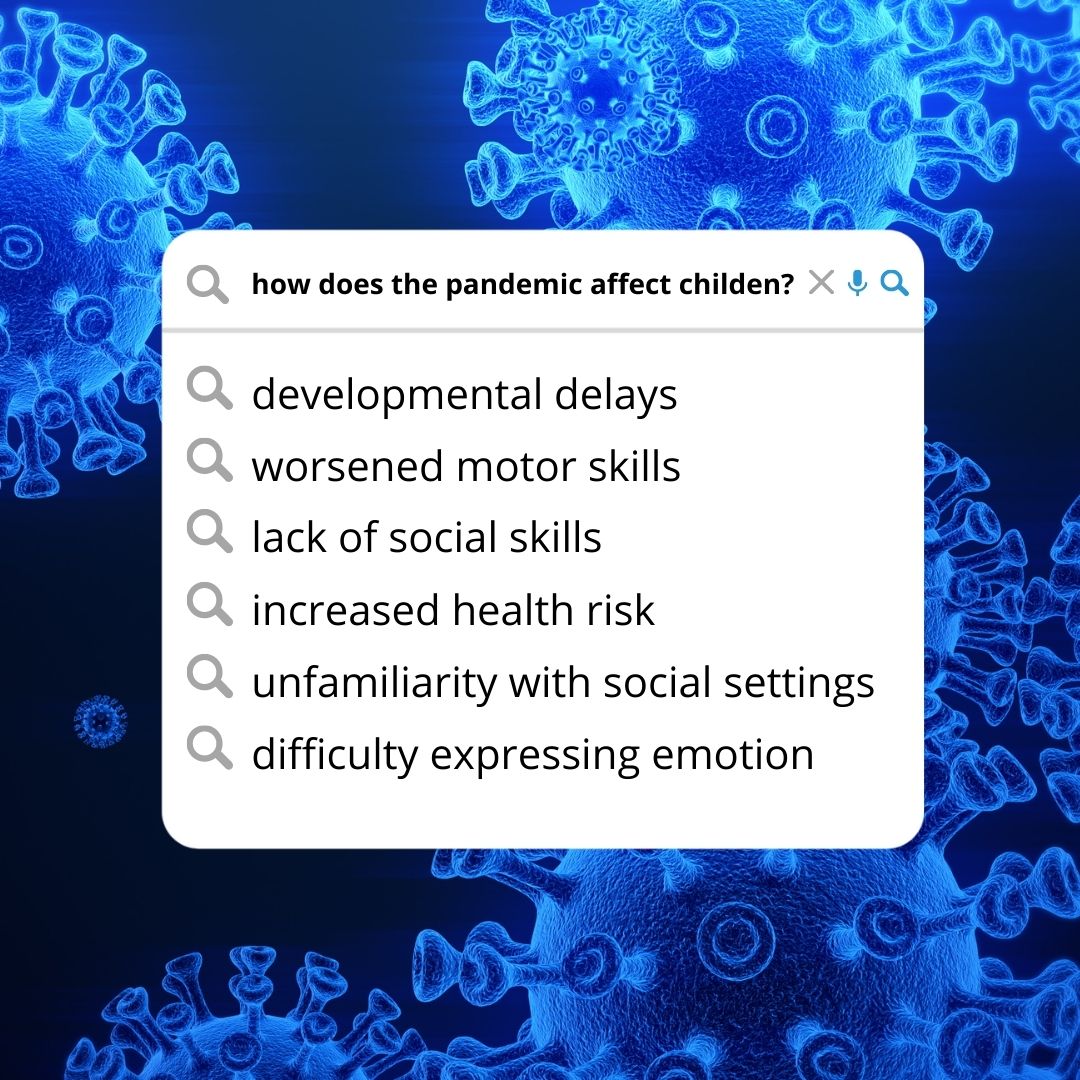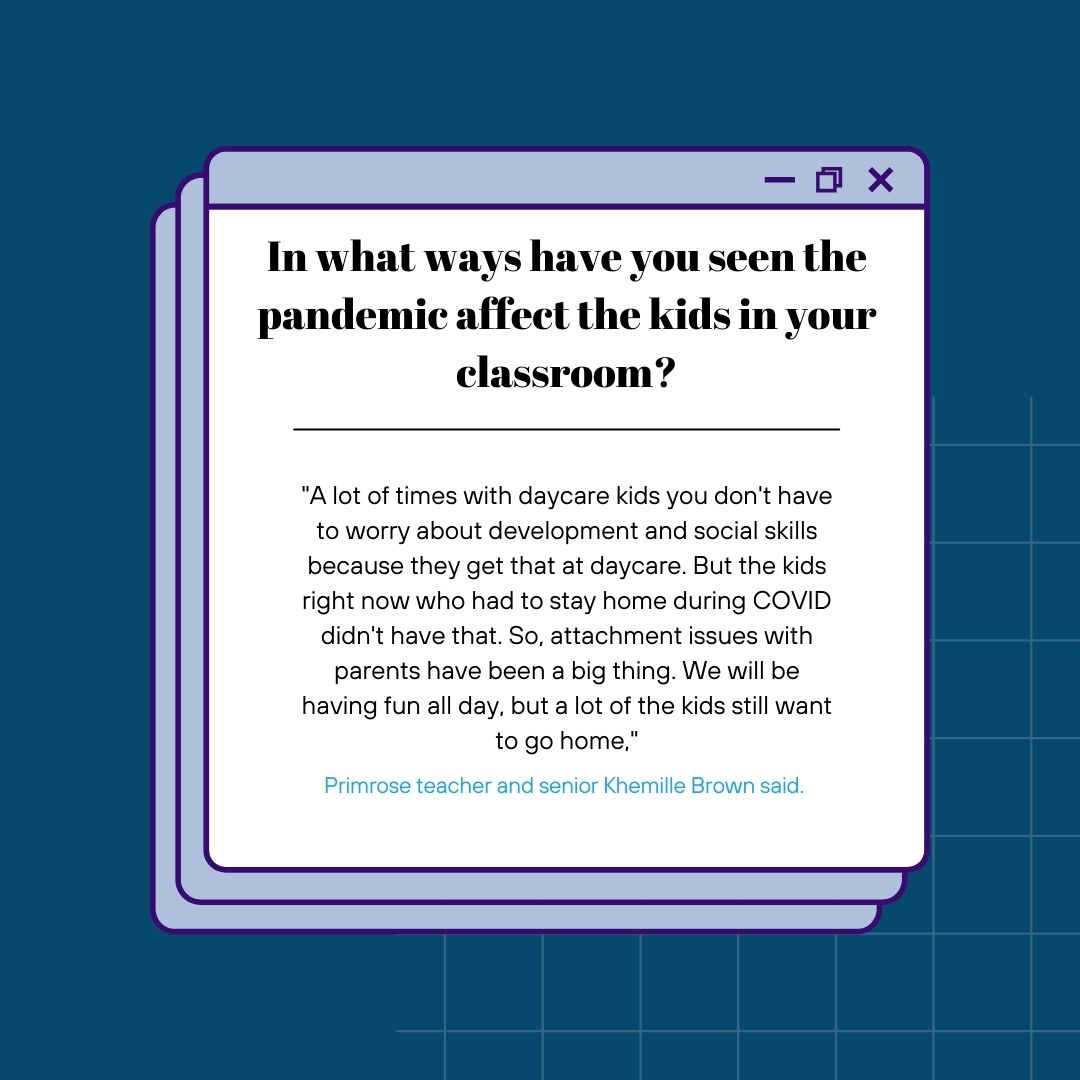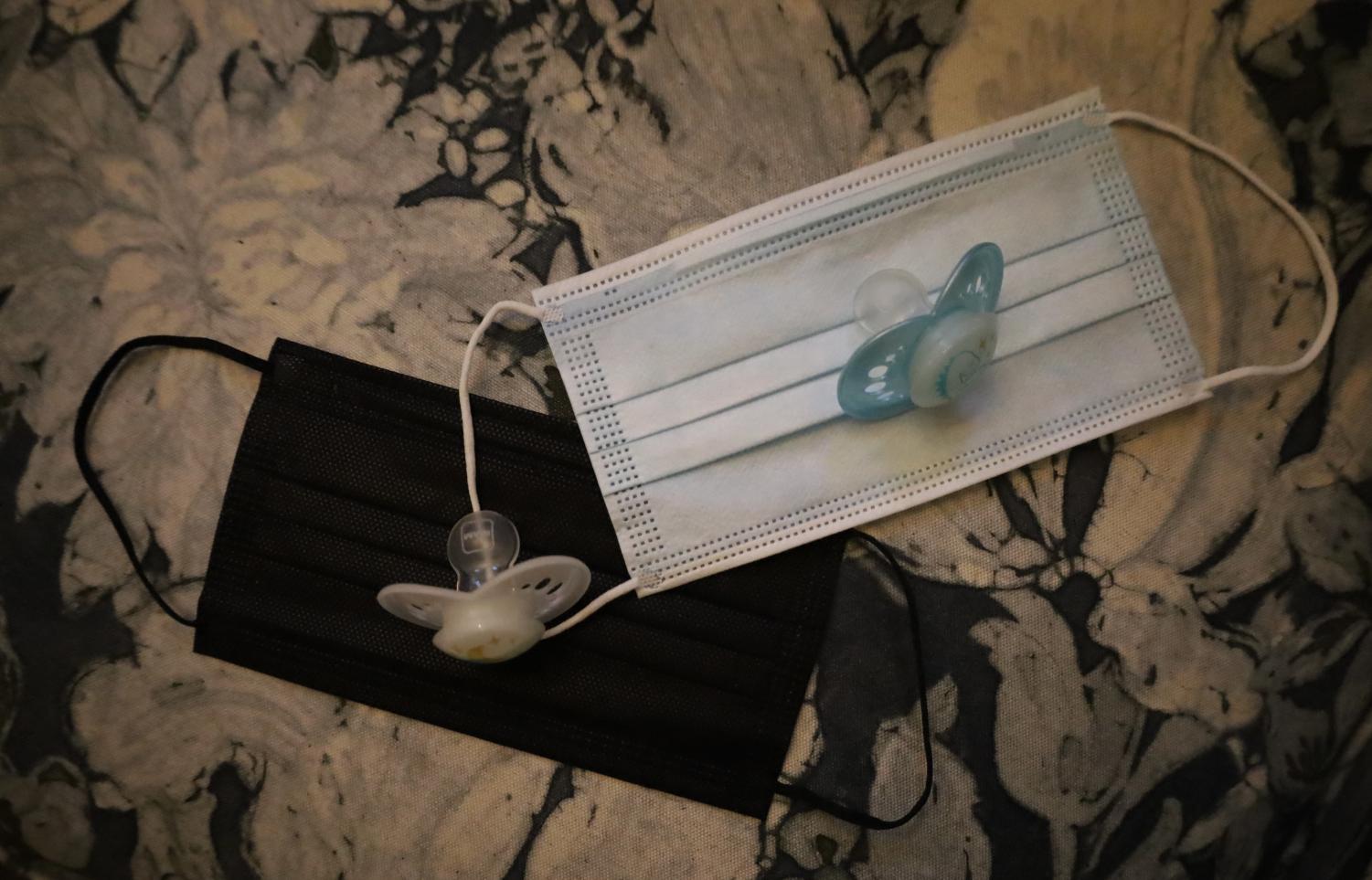Your donation will support the student journalists of North Cobb High School. Your contribution will allow us to purchase equipment and cover our annual website hosting costs.
Unmasked, but not unfazed: children face the brunt of COVID-19’s aftermath
May 10, 2022
Life can unexpectedly change in a matter of seconds. The dark months following March 2020 proved just this. As an unprecedented virus uprooted the lives of millions worldwide, smiles became covered with masks and normal daily interactions occurred six feet apart. Fortunately, thanks to research leading to the development and distribution of mRNA vaccinations, life has returned to a glimpse of normalcy. However, the side effects of living through a pandemic continue to linger and will likely last a lifetime.
Despite an ongoing pandemic affecting the daily lives of people around the world, people rarely stop to ponder the lifelong impact the pandemic will inevitably impose. During the first two to seven years of life, children’s brains constantly hardwire for life. Because this hardwiring took place amid a pandemic, children face the brunt of the pandemic’s effects. This simultaneous experience caused both cognitive and developmental delays resulting from an abnormal upbringing as the nation was quarantined in isolation.
On average, 385,000 babies come into the world on a daily basis. Despite numerous endeavors coming to a crashing halt, the world’s birthrate did not falter. However, the parameters surrounding giving birth changed dramatically affecting both expectant mothers and newborns alike. With overcrowding at hospitals across the nation, it became challenging for new mothers to receive a normal labor and delivery experience. As expectant mothers brought children into a world ravished by the COVID-19 pandemic, newborns experienced a plethora of unexpected setbacks. Babies born in 2020 have now lived between 1 and 2 years. Although they will never remember the initial days of the COVID-19 pandemic, their birth year will always signify it. The abnormal way newborns entered the world in 2020-2021 will always affect them and will inevitably follow them into adulthood.

The first years of one’s life constitute a critical developmental period. During the pandemic, spending these critical months confined inside to mitigate COVID-19 exposure shaped the trajectory of newborn development. A study conducted by Harvard’s medical school found that the average baby born during the pandemic fell further behind developmentally than children born before the COVID-19 pandemic. These findings solidify the impact of limited socialization during the first months of one’s life. Dani Dumitriu, assistant professor of pediatrics and psychiatry at Columbia University Vagelos College of Physicians and Surgeons, conducted a similar study and procured similar alarming results, once again finding that children born during the pandemic developmentally scored lower than those born preceding the pandemic. Dumitriu linked the lower scores to maternal socioemotional stress and the lack of early social interaction. In the same study, her results debunked the false correlation of lower developmental scores with prenatal COVID-19 exposure.
“Because they haven’t been exposed to small groups and friendship settings, speech is very delayed, but the good news is that the little ones are very resilient and they can catch up very quickly. We had them wear masks the first semester and into the second semester, but when we allowed them to take the masks off it was amazing the differences we had with them talking to us, compared to before when they wore the masks and wouldn’t talk to us. Even just removing a small barrier for them has helped,” Young said.
Children born before the pandemic did not escape its ramifications. From playdates to playgrounds, young children thrive from early socialization; at such a young age, frequent interaction remains pivotal. However, the harsh realities surrounding the pandemic ripped the privilege of safe interaction away from children.
“The little ones are constantly having to be entertained now. It’s very hard for them to just go sit and play or play in groups because they haven’t been exposed to it,” Early Childhood Education teacher and Teacher of the Year Becky Young said.
Developmental psychology reveals that the most crucial development occurs between birth and the age of seven. During this critical time, children’s brains constantly hardwire themselves for life. When forced into isolation, the only social interaction children received typically came from siblings and immediate family members. While some daycare and early childhood education institutions kept their doors open, pre and post-pandemic socialization remains two entirely different concepts. In order to safely stay open, these schools adapted COVID-19 policies where mask mandates, social distancing and limited interaction occurred. Although admirable, the attempts prove inadequate when compared with current developmental research and statistics.

Aside from strictly developmental and social setbacks, the original unpredictable nature of the COVID-19 disease threatened the health of young children across the globe. Since younger children typically lack strong immune systems, the COVID-19 pandemic presented a higher risk for young children. Specifically, children under the age of two possess a high risk if exposed to COVID-19. Contracting COVID-19 at such a young and impressionable age raises concern for numerous reasons, therefore quarantining proved necessary as a preventative measure.
Unlike newborns and toddlers, children in elementary school will remember the consequences of the 2020 pandemic imposed on their daily lives. For school-aged children, leaving school in early March of 2020 resembled a traumatic experience; participating in online school created chaos and confusion for children across the nation. Coping with such a confusing reality at such a young age can quickly become stressful. Staying home to quarantine for extended periods while trying to navigate the complexities of virtual learning fostered pandemic-related anxiety for numerous children.
Commonly referred to as pandemic babies, these children will always reflect the early years of the 2020 pandemic. To mitigate the lasting effects of little socialization early on, the parents of these children must carefully track and monitor developmental milestones and simultaneously encourage safe socialization as society attempts to move into a post-pandemic realm.
